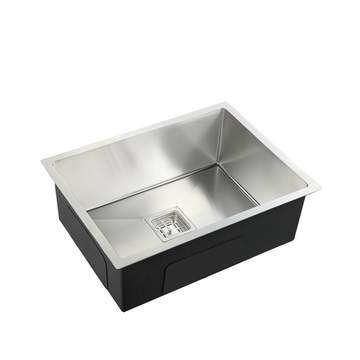In toilets, the P-trap and S-trap refer to the shape and orientation of the trap that connects the toilet bowl to the waste pipe.
A P-trap toilet has a trap that is shaped like a "P". It is a curved pipe that is designed to hold water and create a barrier between the toilet bowl and the waste pipe. The water in the P-trap prevents sewer gases from entering the room, as the gases are unable to flow back up through the trap. P-trap toilets are more common in modern construction and renovations, as they are more effective in preventing odors and are easier to maintain.

An S-trap toilet has a trap that is shaped like an "S". This type of trap commonly used in plumbing systems. S-trap toilets have a straight pipe that connects the toilet bowl to the waste pipe, and the trap is formed by a bend in the pipe just below the toilet bowl. While S-trap toilets can be easier to install in certain situations where the waste pipe is located in a different position than where the toilet will be placed. The bend in the trap allows for more flexibility in positioning the toilet, which can be useful in older buildings or in situations where the plumbing system is not easily adaptable.
In general, P-trap toilets are the preferred option due to their ease of maintenance, while S-trap toilets is a design that work effectively.








Very nice
Very nice